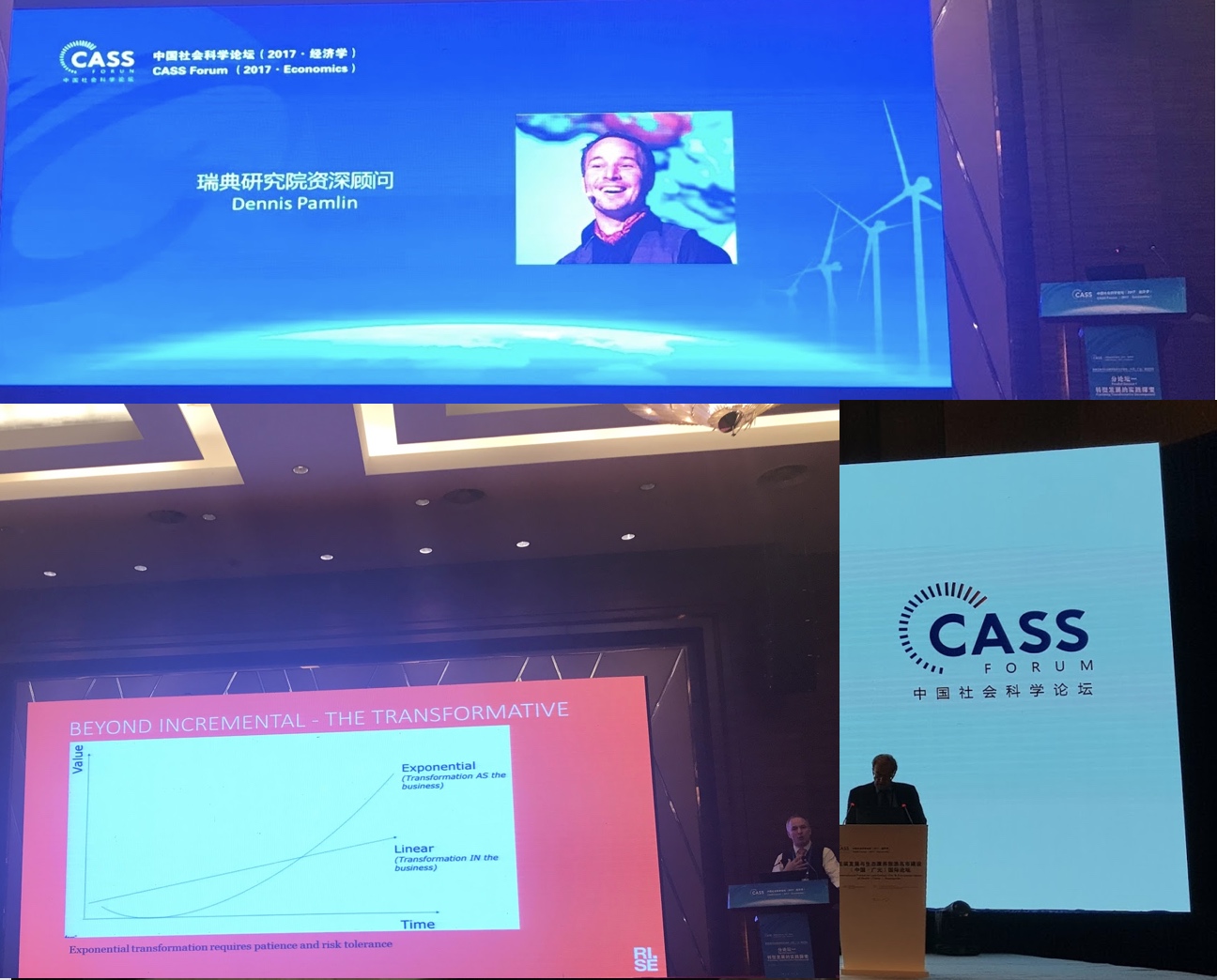The Climate Casino, by William Nordhaus
/This is a book that surprised me. I was looking for example of a good overview of marginal approaches to climate change and simplified thinking in relation to extreme risk. But found some very solid arguments and ideas for more transformative approaches.
This was unexpected as Nordhaus has an agenda in this book that I do not fully understand. In some ways it looks as if Nordhaus wants to position himself as a moderate academic that accept the science, but also distance himself from people he thinks are to radical for the political thinking in the US. It is as if he wants to translate the science to republicans in the US who thinks the bible is more important than the scientific process and findings among climate scientists.
For large parts of the book that makes him simplify things in ways that are interesting, not for an understanding of climate change, but for those of us who do not experience people who question evolution and basic physical science on a daily bases.
Still from an extreme climate risk perspective (>6C warming) there are arguments and graphs included that makes this a very interesting book. I actually do not think Nordhaus himself intended his book to be interesting form that perspective, but due to the way he honestly argues with basic economic theory he highlight a number of issues that are very interesting.
For example, in the book he writes about thresholds and how they define almost everything. He also discuss, and use, the concept infinity (although I would argue that this is one of the areas where he is making a few key mistakes; see if you agree when you reed it. Hint, it is about shifting perspective from science to rhetoric then mixing them up) when analysing the long-term consequences.
Still, I agree with - what I see as - his two main arguments in the risk area:
1. That cost benefit assessment can help us to invest in a strategic way so that future generations can get it better (under the condition that future generations will still exist and that the pricing is approximately right. Neither of these are obviously true in mainstream economics when it comes to climate change)
2. That thresholds easily become what defines what kind of action that is needed, as the costs at a threshold are magnitudes larger than anything else in the equations. It’s also worth noting that such a defining threshold for action happens long before an “infinite impact”, i.e. an impact that threatens all human life.
Where I think he fails, is to discuss these two paradigms in relation to climate change. If ignoring thresholds and the need for dramatic changes is something that is necessary to reach consensus in the US he should clearly explain that the actions we will take is not related to what is needed. Hence, there might be a price attached to ensuring a broader agreement among US policy makers today. Such an agreement is obviously important, but it would be very interesting if Nordhaus wrote a book where he focused on an educated audience that accept the science, he’s got a sharp intellect to could help move low probability high impact aspects up the agenda. This would probably also be a more important long-term contribution.
How to find cost-efficient solutions where signifiant transitions are needed and there are multiple possible development paths are important economic challenges where people like Nordhaus are needed.


































